As visitors surge, Japan seeks ways to make tourism eco-friendly
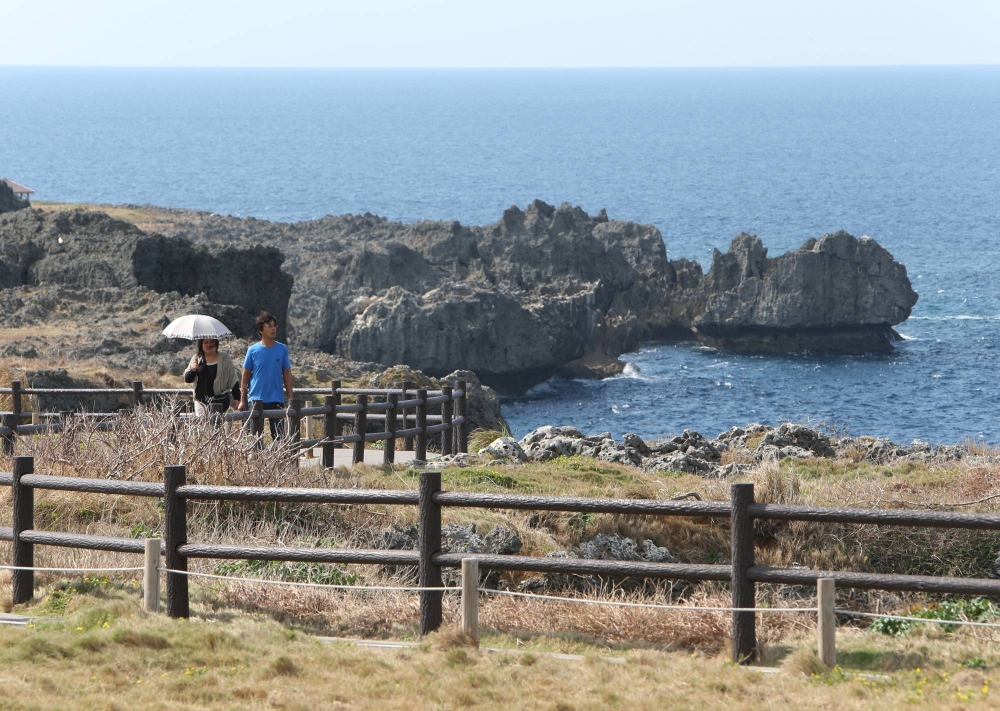
Nestled in the heart of Okinawa Island, Onna is a pleasant village of just over 10,000 people, with a stunning, elongated coastline that makes it a sought-after tourist destination, as demonstrated by its numerous resort hotels.
Much like other hot spots across Okinawa, Onna has diligently strived to captivate both domestic and international tourists, while at the same time grappling with the environmental strain induced by the influx of visitors — whose total number is 300 times that of the local population every year.
On a visit to the renowned Nakayukui market two years ago, however, the scene at the food court was markedly different. There were no lines in sight; the pandemic had kept Japan closed to inbound travelers.
“It’s lovely to relish the serenity of the village, but a few more customers would probably help,” remarked a young coffee shop owner.
With the waning of the COVID-19 pandemic, domestic and inbound tourism in Japan has rebounded — and then some. According to the Japan National Tourism Organization (JNTO), the estimated number of international travelers to Japan in March surged to 3.08 million, a remarkable 11.6% increase compared with the same month in 2019 and the highest monthly figure since record-keeping began in 1964.
But as tourist arrivals reinvigorate local economies, a pressing concern has also reemerged: the resulting overtourism not only harms the daily lives of local residents, but also puts enormous stress on the environmental resources upon which that tourism depends, raising key questions about sustainability as tourism becomes an ever-more integral part of the Japanese economy.
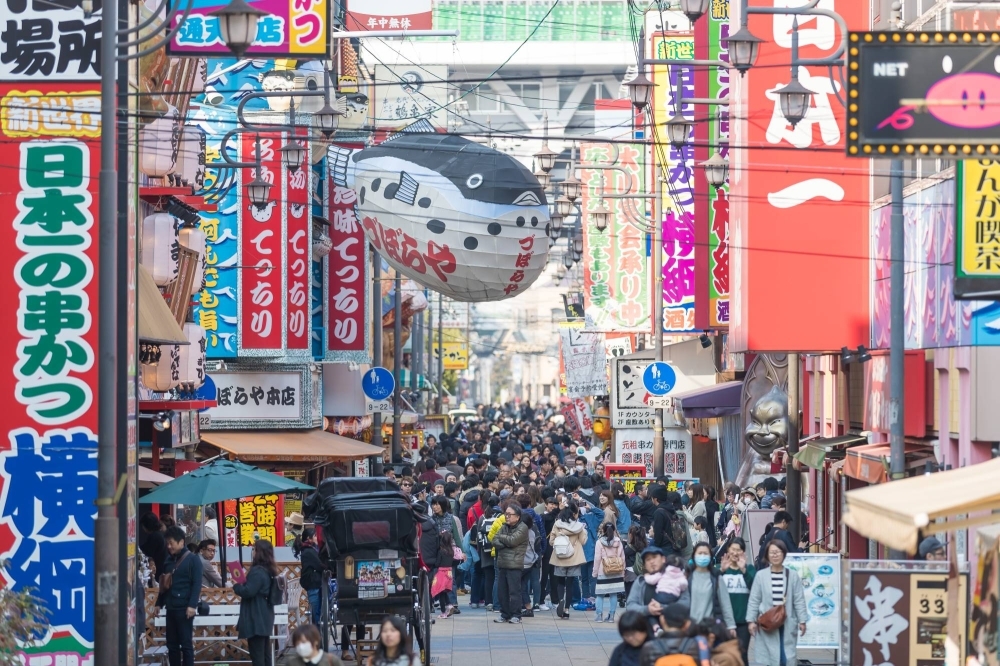
Osaka’s Shinsekai district. As cities like Tokyo, Kyoto and Osaka grapple with overtourism, and with rural depopulation pushing many towns to the brink of extinction, the Japanese government is making a push to draw overseas tourists to lesser known locales.
| Getty Images
Sustainable travel hub
The COVID-19 pandemic laid bare the vulnerabilities of the tourism industry, and for some it provided a window of opportunity to rethink the sector.
In 2021, Kazumasa Namekata, former senior managing director of travel agency H.I.S., launched Sustabi, an online travel information platform advocating for eco-conscious travel that respects local communities. While still in its nascent stage, Sustabi has gained traction among like-minded individuals and local communities.
Namekata is one of the founding members of H.I.S., but prior to his involvement with the travel agency, he took a yearlong overland journey around the world.
“I started this journey seeking to understand the differences between Japanese and others,” Namekata reflected. “However, what I discovered was that deep down, human beings are the same. This realization had a big impact on my life and career choices.
“It instilled in me a profound belief in the enormous value of travel,” he added. “Through exploration of different locales and engagement with inhabitants, travel can challenge stereotypes, mitigate conflicts and promote peace.”
While H.I.S., which was founded in 1980, initially began as a venture aimed at backpackers, soaring demand and profits quickly led to the proliferation of group and package tours. Following his retirement from H.I.S. in 2019, Namekata established his own travel company, Peace Travel Project, which invested in startups such as Matcha (a Japan travel information site for international visitors) and Sagojo (a platform matching travelers with temporary jobs). The core initiative of Peace Travel is Sustabi, a portmanteau of “sustainability” and “tabi,” which is Japanese for “trip” or “journey.”
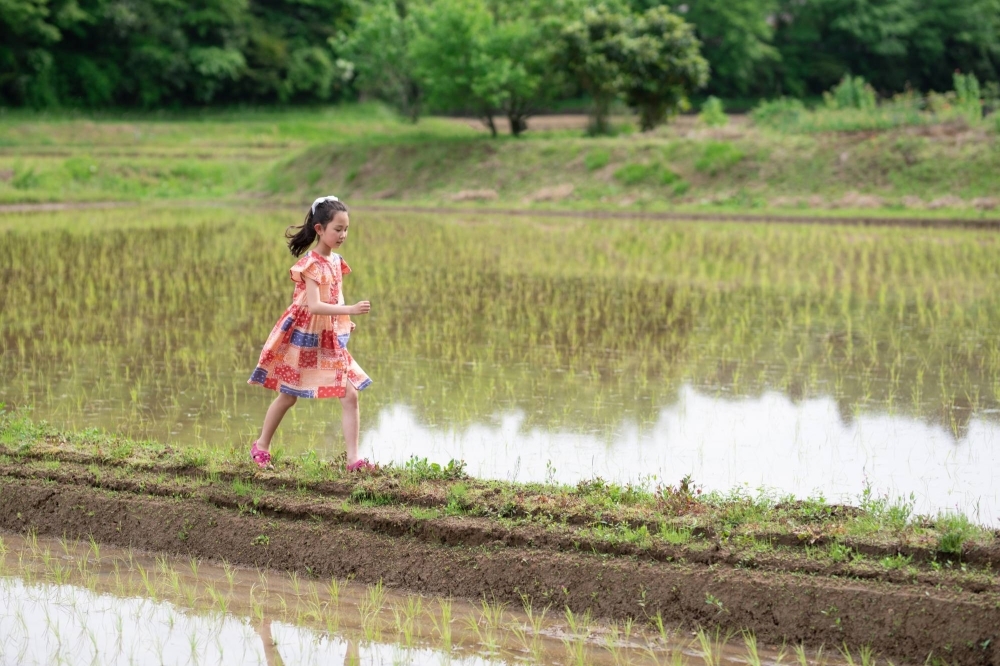
Sustabi, a travel platform focusing on sustainable tourism, provides 20 guidelines with practical tips for environmentally friendly travel.
| Getty Images
When asked about the inspiration behind the launch of Sustabi, Namekata explained that it stemmed from his concern about the growing sense of isolation pervading many countries during the pandemic.
He also noted that the tranquility enjoyed by residents of popular travel destinations amid the pandemic-linked travel restrictions underscored a newfound aversion to mass tourism.
“The resumption of travel post-pandemic does not have to mean a return to the status quo,” he said. “Consequently, there arose a need to educate travelers to adopt a more sustainable approach to travel, one that is not only environmentally friendly, but also supports small-scale businesses deeply ingrained within local communities and dedicated to community enhancement.”
According to the Sustainable Travel Report 2023 by Booking.com, sustainable travel remains a top priority for three-quarters of global travelers, who believe urgent action is required to safeguard the planet for future generations. But a key question remains: How can this goodwill be turned into action in order to usher in real change for an industry that is responsible for roughly 8% of global emissions?
Transportation is tourism’s main source of greenhouse gas emissions, and while accelerating climate action in tourism is therefore of utmost importance for the resilience of the sector, there is a long list of other outstanding damages to the environment caused by it. These include waste generation, water pollution, soil erosion, attrition of natural resources and general strain on infrastructure in and around tourism hot spots.
To that end, Sustabi provides 20 guidelines with practical tips for sustainable travel, advocating for actions like utilizing public transportation, employing reusable bags and exploring lesser-known attractions rather than staying on the beaten path. Moreover, it showcases accommodations, restaurants and activities in Japan that align with these guidelines to aid users in pursuing a sustainable travel experience.
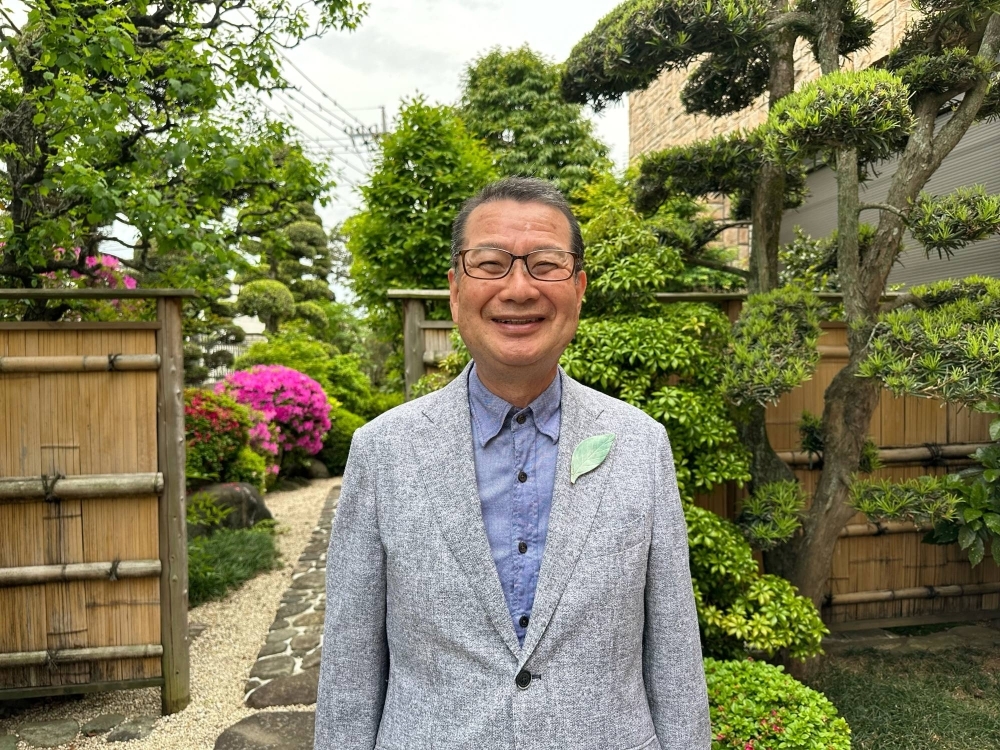
In 2021, Kazumasa Namekata launched Sustabi, an online travel information platform advocating for eco-conscious travel that respects local communities.
| Courtesy of Namekata Kazumasa
The platform aggregates information and reports from local business owners, travelers and Sustabi team members, allowing users to easily search for information based on location or purpose.
With the diversification of travel interests and styles today, Namekata thinks it is necessary to foster a paradigm shift among tourism stakeholders that include not just travel agencies and hotels, but local community representatives, businesses, farmers, artists and nonprofits.
“The key lies in fostering collaboration among all stakeholders within local communities to devise community-led solutions,” Namekata said.
Grow local, eat local, experience local
Japan has set an ambitious target of welcoming 60 million inbound tourists by 2030, nearly double the previous record of 31.9 million in 2019.
But as cities like Tokyo, Kyoto and Osaka grapple with overtourism, and with rural depopulation pushing many towns to the brink of extinction, the central government is making a push to draw overseas tourists to lesser-known locales.
Enter Ogawa, a picturesque town in Saitama Prefecture surrounded by the scenic Sotochichibu Mountains, whose approach to sustainable travel — both in terms of the numbers of tourists and their environmental impact — could make it a model for other places across the country.
Often referred to as the “Little Kyoto of Musashi,” Ogawa is steeped in history and renowned for its traditional industries. Among its notable offerings are Hosokawa-shi, one of Japan’s three UNESCO-listed washi (traditional paper) varieties, as well as local methods of silk production and sake brewing.
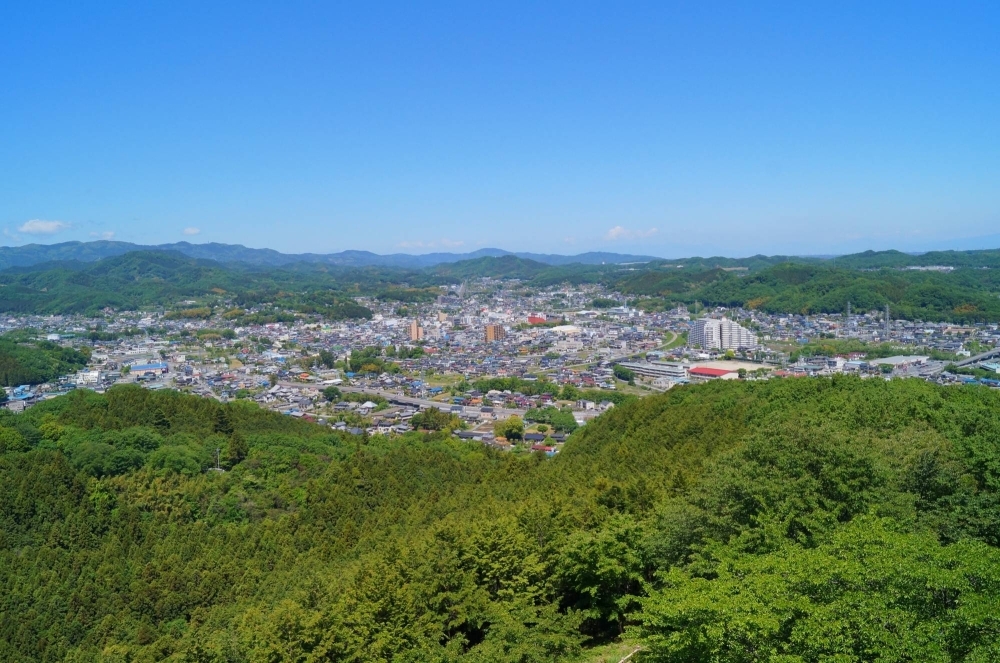
Ogawa, Saitama Prefecture, from the observation deck of Mount Sengen
| Getty Images
Despite its natural beauty and historical allure, Ogawa has been overlooked by domestic and international tourists.
“Ogawa is just an hour’s train ride from (Tokyo’s) Ikebukuro, yet it is unknown to mainstream travelers,” said Minori Koda, the 30-year-old CEO of the local nonprofit Shimosato School. “We are working with other local business and nonprofit players to showcase the unique ‘Ogawa elements’ that appeal to tourists seeking to explore the town, appreciate its charm and contribute to its enhancement.”
As a pivotal player in community revitalization and tourism promotion, Shimosato School spearheads diverse initiatives, including the redevelopment of a defunct elementary school building and the operation of Ogawa tourist information centers and migrant consultation services.
Organic agriculture is a hallmark of Ogawa’s identity. While organic farming encompasses less than 0.5% of Japan’s agricultural landscape, Ogawa defies the odds, with 19% of its fields dedicated to organic cultivation. Ogawa owes its success not only to its clean water and rich biodiversity, but also to Yoshinori Kaneko, the pioneering founder of Shimosato Farm.
Kaneko, who died in 2022 at age 74, began practicing organic farming in Ogawa back in the 1970s when the use of fertilizers and mass production was the standard in Japan. Soon, farmers from across the nation were coming to Ogawa to become his apprentice, and forged lasting connections with him.
Shimosato farm is self-sufficient in energy, utilizing solar power and biogas. Waste cooking oil collected from local tempura shops is reused as fuel for tractors, while human waste is decomposed in tanks containing microorganisms, and the resulting water, after complex fermentation, is utilized as liquid fertilizer rich in enzymes and proteins.
Organic produce from Shimosato Farm and other local farms adorns the shelves of local markets, shops and restaurants in the town, showcasing Ogawa’s commitment to sustainable living. Warashibe, a local eatery housed within a historic sericulture training center dating back to 1888, sources ingredients exclusively from local purveyors, including organic vegetables, free-range eggs and organic wine. Zakkoku Koubou, a brewpub, harnesses organic grains from Shimosato Farm and locally sourced organic crops, fruits and herbs to craft artisanal beers.
Organic farming also serves as a conduit for immersive tourist experiences. Shimosato Farm annually allows people to engage in every facet of sake production, from rice planting and weeding to creating their own labels.
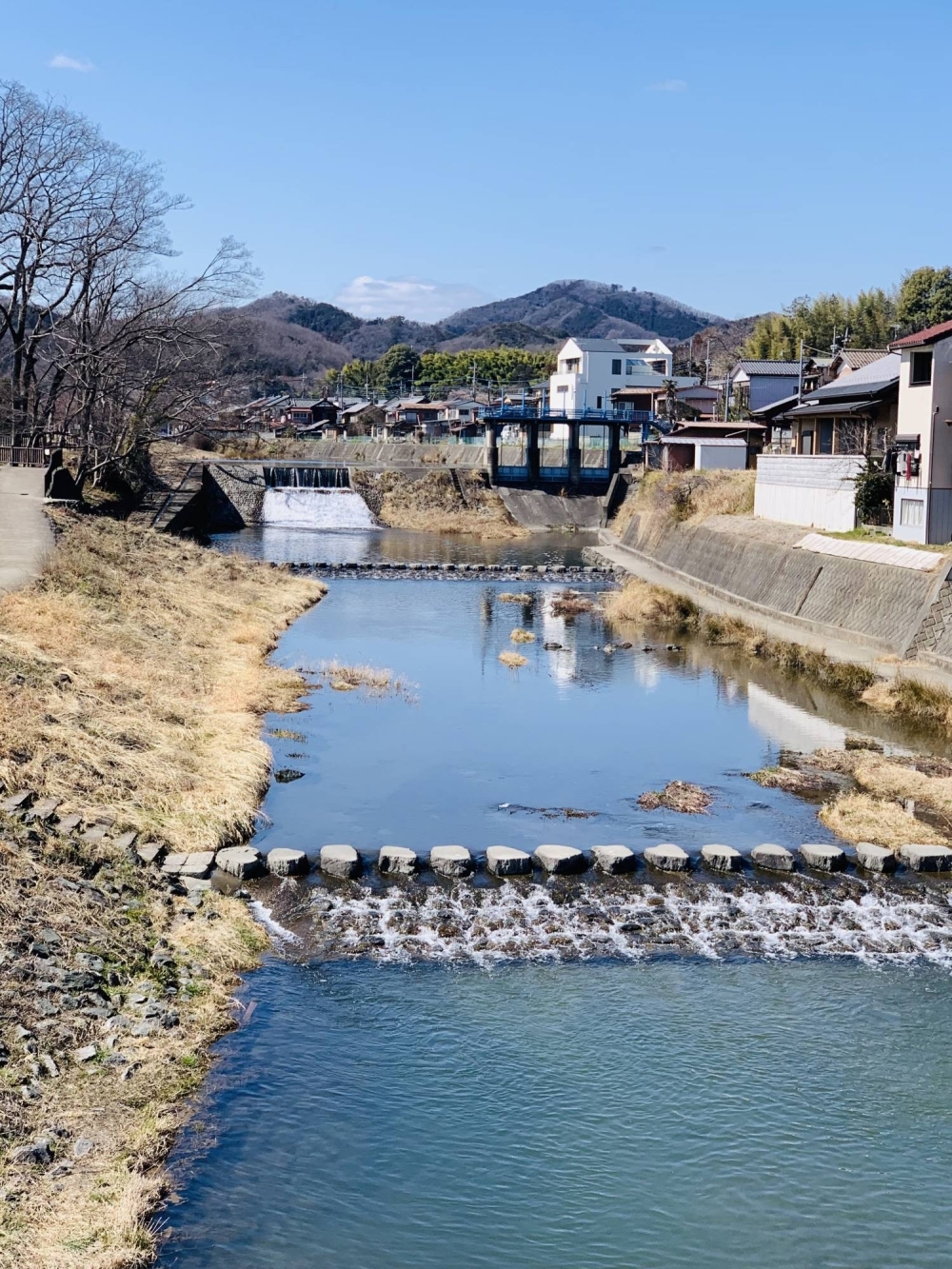
The Tsukigawa river in Ogawa, Saitama Prefecture. The town’s approach to sustainable travel — both in terms of the numbers of tourists and their environmental impact — could make it a model for other places across the country.
| Fan Li
Indeed, the mantra of “grow local, eat local and experience local” helps synergize diverse small businesses united by a common ethos.
It’s also clear that this is not a destination for package tourists: There are no hotels in Ogawa, only guesthouses ranging from compact dormitories to two-floor renovated historic houses. Guesthouses don’t offer dining; instead, they recommend that guests go out and experience local food, hot springs and, above all, nature.
“You can meet many interesting people here, and then you want to start something with them,” said Kano Takahashi, a Shizuoka Prefecture native who runs the Ogawa Machiya guesthouses. Takahashi discovered Ogawa through her father, a disciple of Kaneko, and quickly fell in love with the town.
Government support is pivotal to Ogawa’s promotion, including through what are known as Community-Reactivating Cooperator Squads put together through an initiative under the the Ministry of Internal Affairs and Communications. Members of the squad help promote the charm of the area, engage in agriculture and fishing activities, and organize events and festivals.
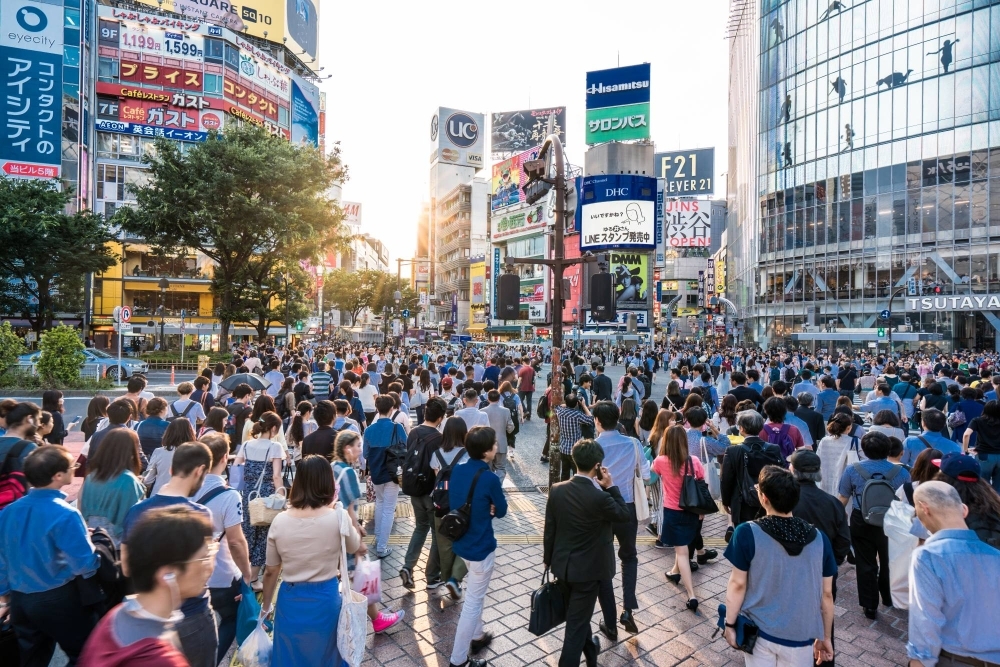
Tokyo’s famed Shibuya scramble crossing. Japan has set an ambitious target of welcoming 60 million inbound tourists by 2030, nearly double the previous record of 31.9 million in 2019.
| Getty Images
According to Isao Tokutake, tourism promotion officer of the Ogawa squad, visitors to the town can receive a free guided walking tour led by volunteer staff members at the tourist information center.
“We listen to visitors’ interests and decide on a walking course with them,” he said. “There are increasing numbers of visitors from Tokyo and neighboring prefectures after the pandemic. Most people long for the healing power of … the beautiful nature in Ogawa, but some are attracted by the local sake brewery tour and farming experience.
“My goal is to have first-time visitors become regulars and ideally return four times a year, as each season offers different attractions and experiences.”
Sustabi’s Namekata discovered Ogawa’s charm after receiving a guided tour by Koda and his team two years ago.
“I think the best place for tourists is where local residents can live a happy life that promotes their own well-being,” Namekata said.
The next step for Sustabi, and perhaps Japan’s sustainable tourism industry as a whole, is to discover more places like Ogawa and work together with local communities on information dissemination and tourist education. “Global surveys indicate that Japanese travelers’ awareness on sustainable travel is lacking,” Namekata said. “Our primary aim is to enlighten travelers.”
link






